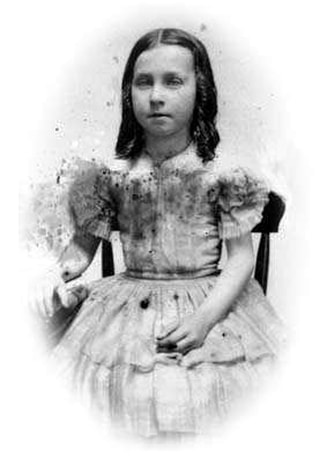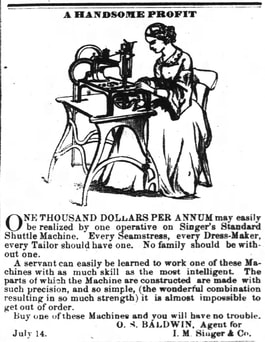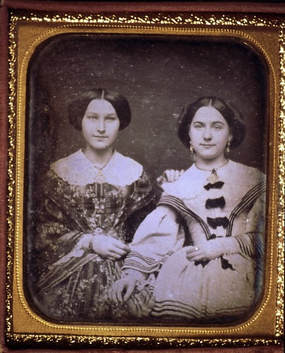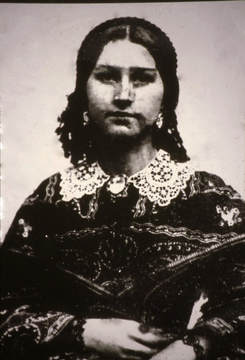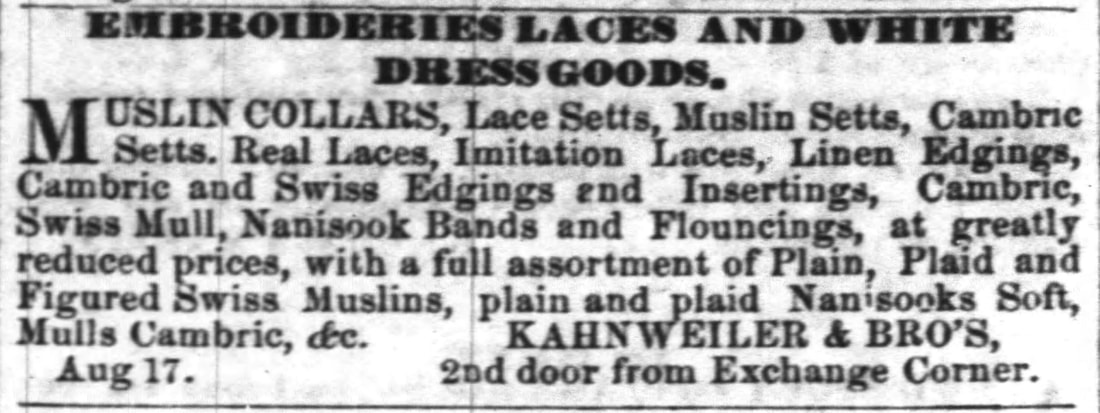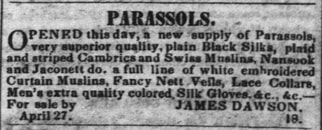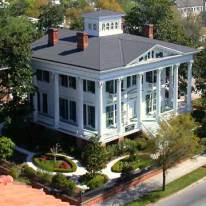First up is the foundation of any piece of clothing, historic or modern- the material. The Bellamy family had their own source for cotton and wool as they owned a plantation in Brunswick County. Ellen Douglas Bellamy, the youngest daughter of John and Eliza Bellamy, mentioned these resources in her memoir Back With The Tide. “We had provisions of all kinds, raising cotton, spinning and weaving our cloth, both cotton and wool, for we had a large flock of sheep,” (p. 14) at Grovely Plantation where John Bellamy kept 82 enslaved workers who did the “raising,” the “spinning,” and the “weaving.” While cotton is the crop most people associate with the antebellum South, plantations in the Wilmington area, like Grovely, mainly grew food products like peanuts, rice, and corn, as well as raising livestock. Cotton and other materials brought in through Wilmington’s busy port were often in the form of already woven fabrics or finished clothing ready for purchase, ranging from rough textiles like “gunny cloth” to refined French cashmere.
| “One of our women, Mozella, was such an expert spinner that her yarns were too fine and even for our looms. Mother took me with her to Drs. Drew’s, a first rate weaver, file miles from us, and got her to weave a bolt of beautiful white flannel from Mozella’s yarn. It was used then, and long afterwards, for skirts for all our family and kin [...]. We tanned the leather and made our shoes. Richmond, one of our slaves, cut his knee and thus was disabled for doing accustomed work of cutting wood; so Pa apprenticed him for a time to a Mr. Hewett, a shoemaker in Wilmington, and Richmond became quite an expert. His shoes would bear inspection by the most fastidious. My sister would make the uppers of little shoes from old pants or scraps of heavy cloth for my baby brother, and Richmond would sole them” (p. 14). |
| The inhabitants of the Bellamy Mansion and its longest resident, Ellen Bellamy (1852-1946), witnessed many changes in fashion and the production of it during their lives. With the introduction of the Singer sewing machine in 1851, the production of garments became much easier. While there are no records of the Bellamy household owning a sewing machine, the Singer sewing machine did have a presence in Wilmington, judging by this ad from 1859. |
Bates, Christopher G. “The Early Republic and Antebellum America: An Encyclopedia of Social, Political, Cultural, and Economic History.” First edition, Routledge, 2015.
Bellamy, Ellen Douglass. “Back With The Tide.” Edited by Janet K. Speaker, Reprint edition, Bellamy Mansion Museum of History and Design Arts, 2002.
Gerard, Philip. “A House Divided.” Our State Magazine, Our State Magazine, 28 April 2011, https://www.ourstate.com/bellamy-mansion/.
“Ladies' Antebellum Clothing - Fabrics.” Historic Northampton Museum and Education Center, 2018, historic-northampton.org/virtual_exhibits/antebellum/fabrics.html.
“The Origins & History of Lace.” The Lace Guild, 2017, https://www.laceguild.org/craft/index.html.
